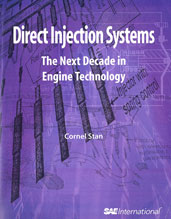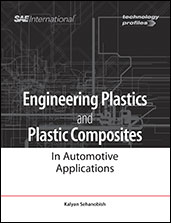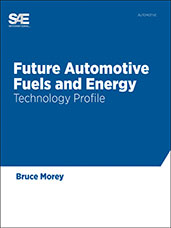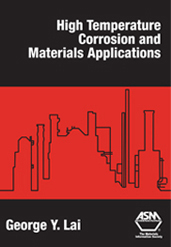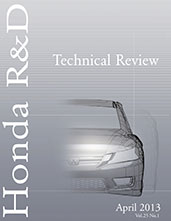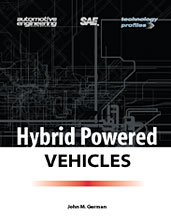Book

Developments in Lightweight Aluminum Alloys for Automotive Applications: 2001-2005
2006-02-03
The use of lightweight materials in automotive application has greatly increased in the past two decades. A need to meet customer demands for vehicle safety, performance and fuel efficiency has accelerated the development, evaluation and employment of new lightweight materials and processes. The 50 SAE Technical papers contained in this publication document the processes, guidelines, and physical and mechanical properties that can be applied to the selection and design of lightweight components for automotive applications. The book starts off with an introduction section containing two 1920 papers that examine the use of aluminum in automobiles.


